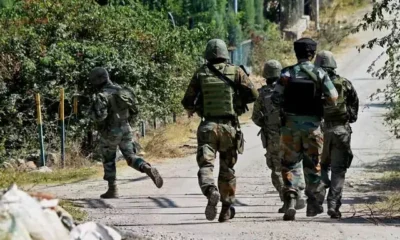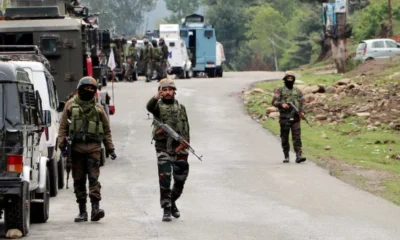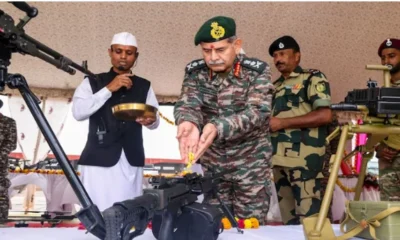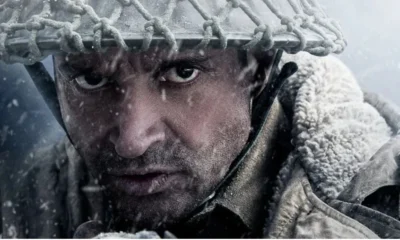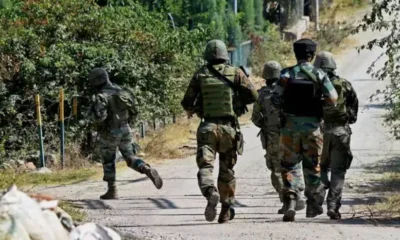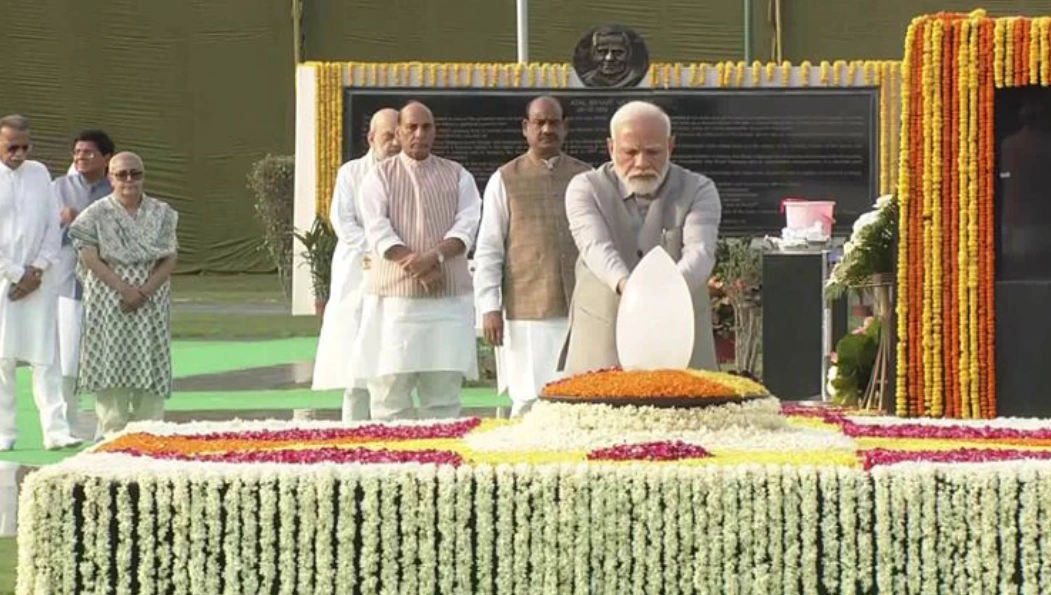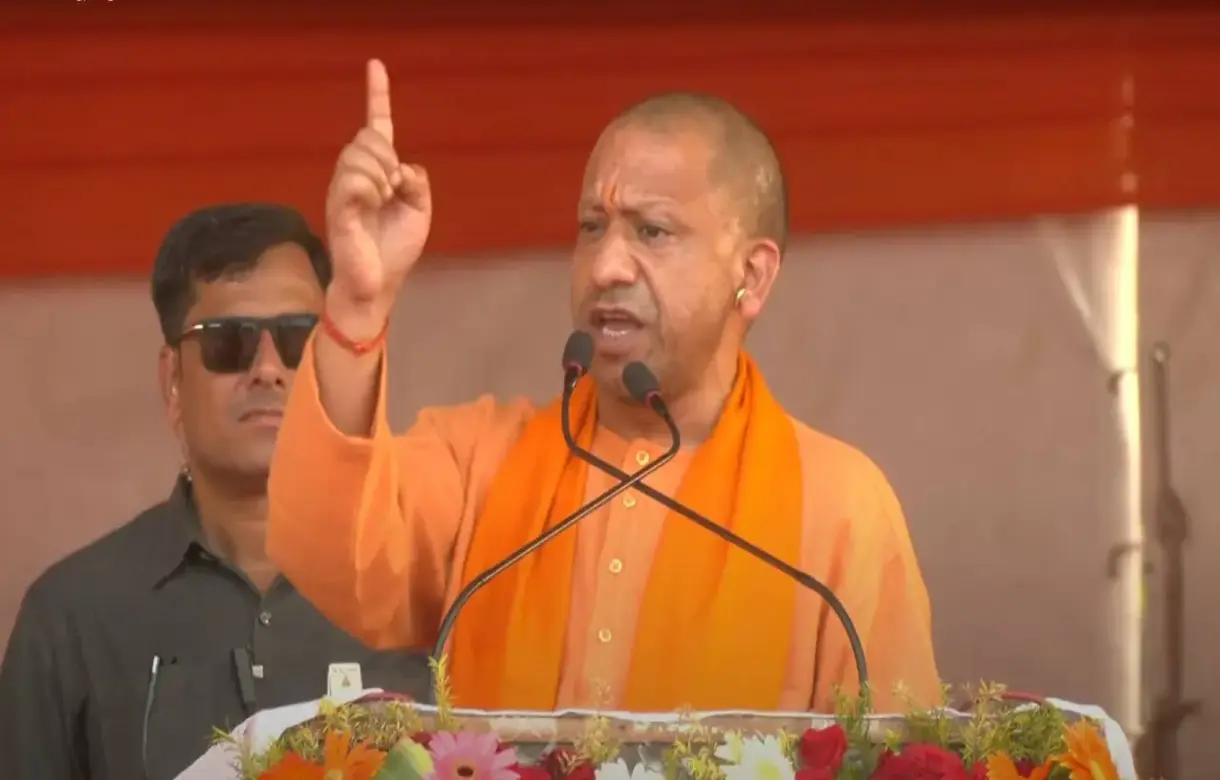Top Army commanders are meeting October 9-15 at Army Headquarters to discuss studies on future operational challenges and to ‘revolutionise’ the army, making into a “leaner and meaner” force.
A host of issues ranging from operational, administrative, logistics and human resources will be discussed, a statement said.
“As part of the conclave, commanders and directorates at the Army headquarters will in a collegiate deliberate on important studies that have been ordered to meet future challenges,” said an official statement from the Army.
“There are four studies examining operational and optimisational issues of Army and the headquarters as also human resources management aspects,” said the official spokesperson of the Indian Army Col Aman Anand.
According to him, these studies aim to improve the teeth to tail ratio, with the purpose of strengthening the structures within the Army, to make it combat ready for the future. Last month at the Unified Commanders Conference in Jodhpur Army Chief General Bipin Rawat and top commanders had held detailed discussions on ways to make the force “leaner and meaner”, which included carrying out an extensive organisational restructuring and also downsizing of the force.
The teeth-to-tail ratio (T3R) is the ratio of fighting arms, which wage the actual battle such as the infantry and the armoured wings, to the support services viz. logistics, signals, and ordnance.
The lower the number of support personnel — the “tail” — the more the resources available to make the combat soldiers – the “teeth” – more efficient.
Besides issues ranging from operational, administrative, logistics and human resources, situation along the border, strategic railways lines etc are expected to be discussed.
The last Army Commanders conference was held in April 2018. To be chaired by Army chief Gen Bipin Rawat, specific issues concerning the various frontline formations and speeding up infrastructure development along the border with China will be discussed in details.
Last month, Army Chief Gen Bipin Rawat and top commanders held detailed deliberations on ways to make the force “leaner and meaner”, which included carrying out an extensive organisational restructuring and downsizing of the force.
The Defence Ministry has already announced a series of reform measures for the Army which include redeployment of nearly 57,000 officers and other ranks as well as ensuring better utilisation of resources.
Meanwhile, reported The Print citing sources at Army Headquarters, proposals for radical reforms that restructure the soldiery are facing opposition from within the force.
At least two of seven Indian Army commanders have “expressed reservations” on cadre and force restructuring that aim to bring down manpower and eliminate structures such as a division in peace stations, it said.
“We are in the middle of a churn. There is an academic debate that is on. It is okay to differ so long as you don’t throw a spanner in the works,” said The Print, quoting an officer involved in the studies.
The Army headquarters claimed in a paper that the proposed reforms, which included an effort to restructure the cadre for the first time in 35 years, would usher in a “revolution in Indian military affairs”.
Among the most debated issues within the force that is also expected to dominate discussions at the commanders’ conference, said The Print, is the proposal to eliminate divisions and create “integrated brigades” or battle groups that report directly to corps headquarters.
A corps is the largest field formation in the Indian Army. Usually, a corps has about three divisions, a division has three brigades, and a brigade has three battalions. A battalion has 900-1100 men. The numbers vary depending on the operational area.
Currently, a corps is commanded by a Lt General, a division by a Major General, a brigade by a Brigadier. This hierarchy could change if the proposal for integrated battle groups (IBG) is implemented. An IBG would be headed by a Major General, according to one proposal. This could make the rank of Brigadier redundant. Each IBG would have four to five battalions.


 Latest world news13 hours ago
Latest world news13 hours ago
 India News18 hours ago
India News18 hours ago
 India News18 hours ago
India News18 hours ago
 Latest world news10 hours ago
Latest world news10 hours ago
 India News18 hours ago
India News18 hours ago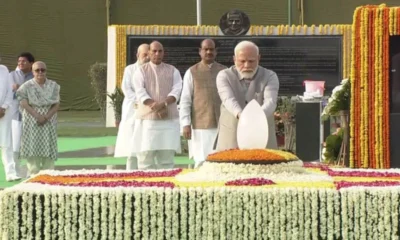
 India News17 hours ago
India News17 hours ago
